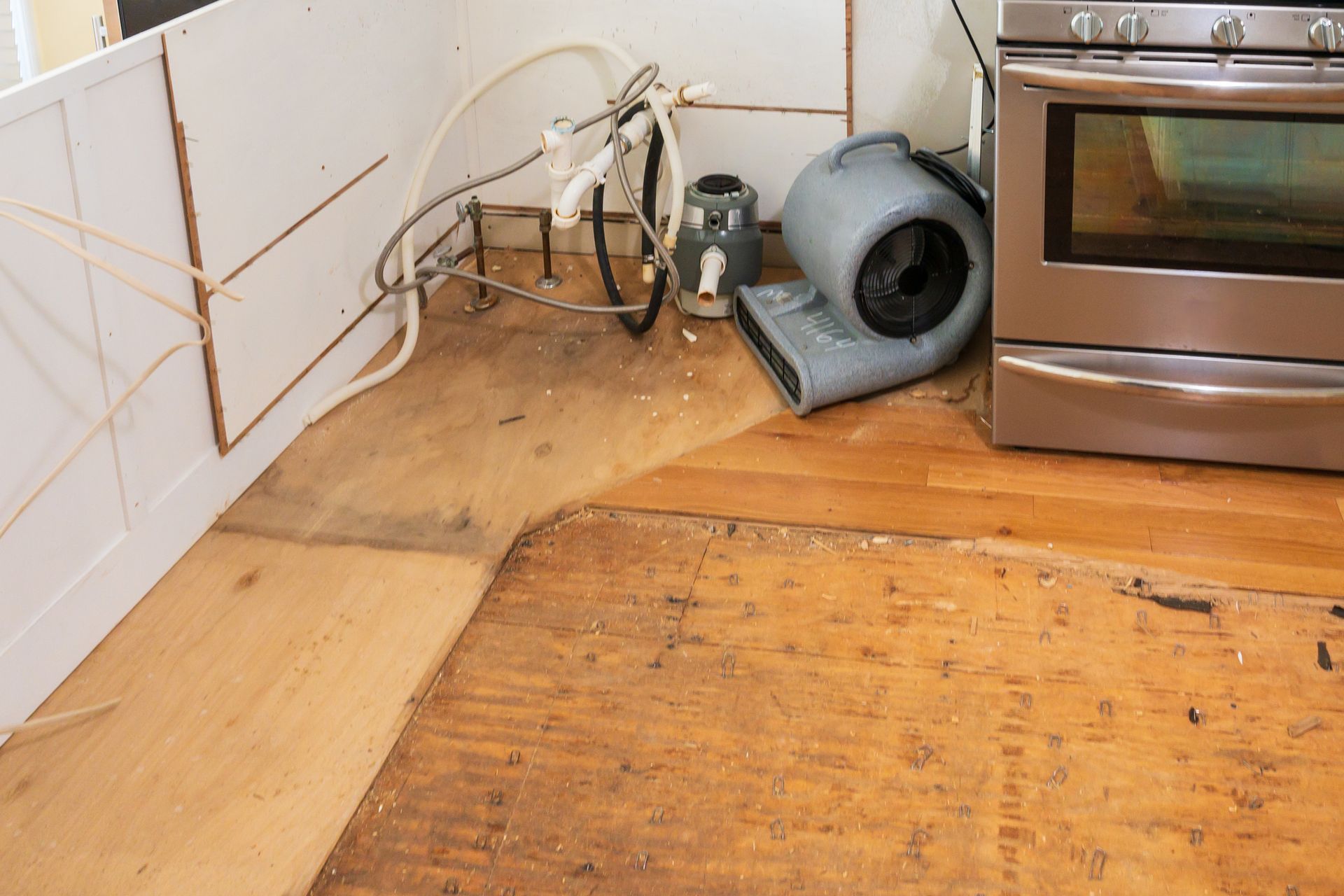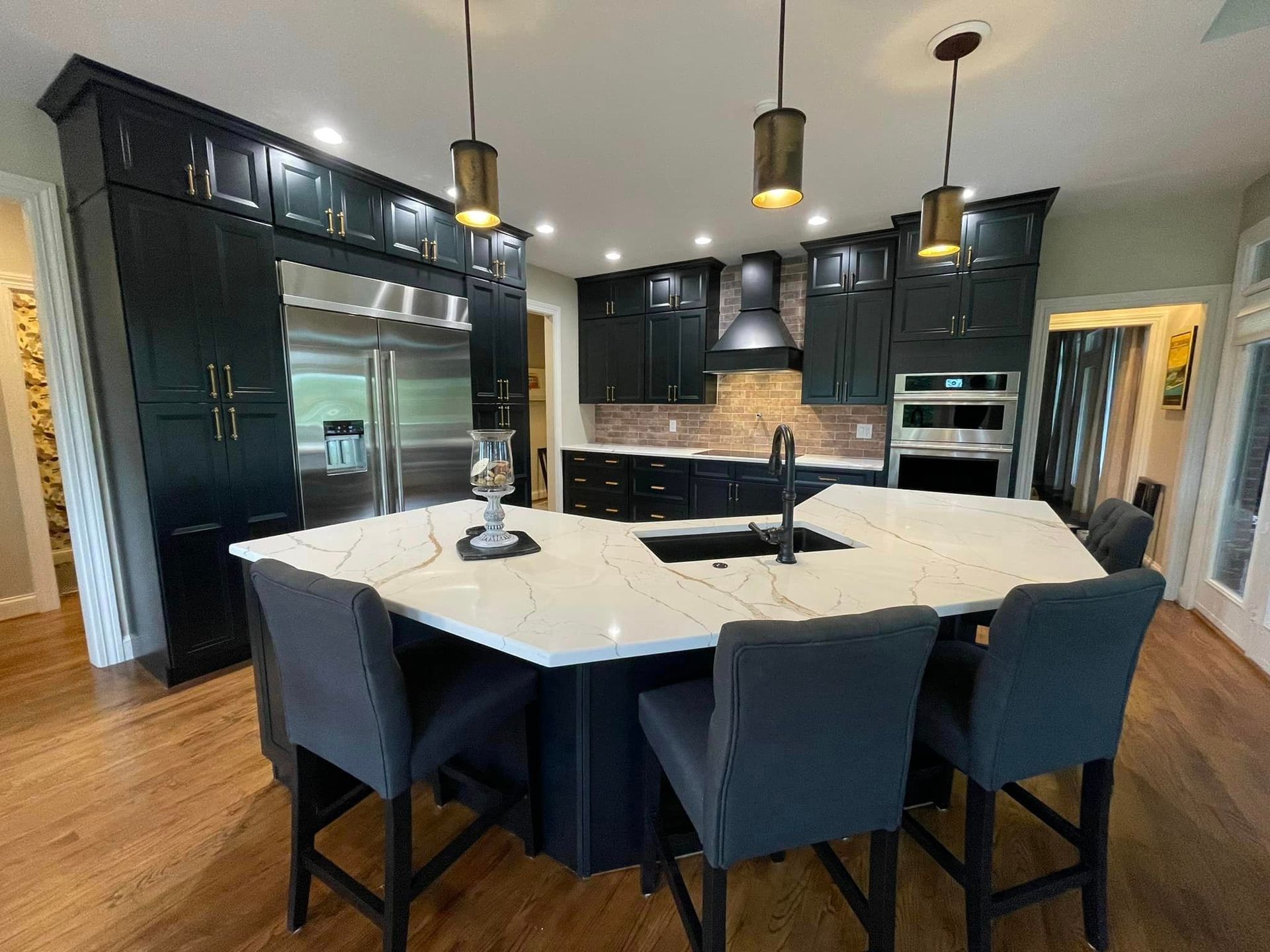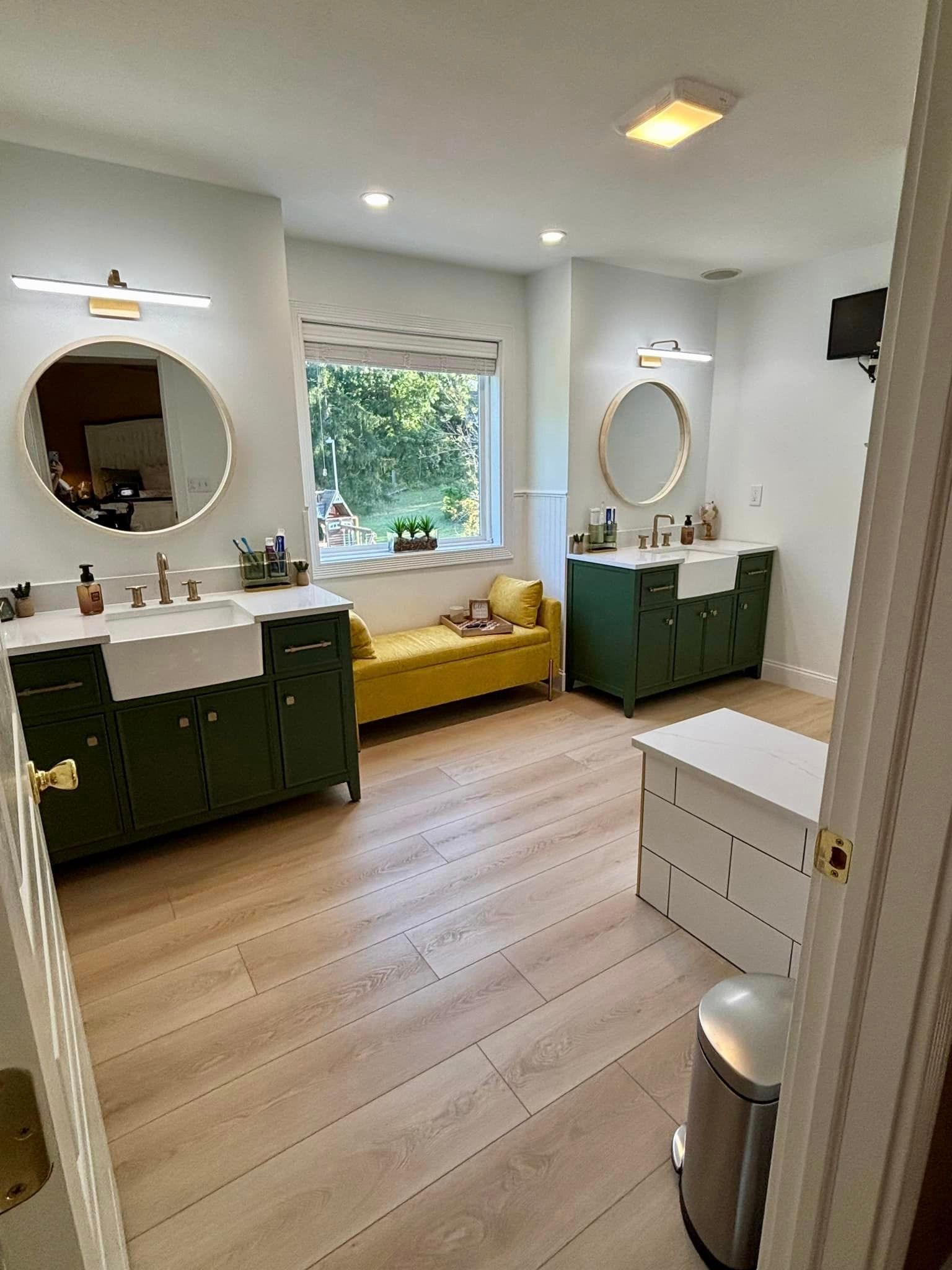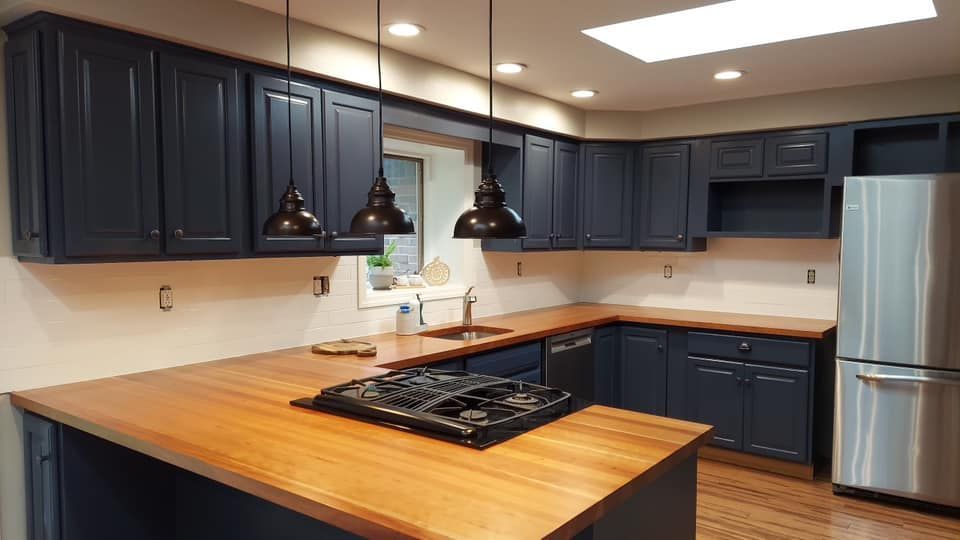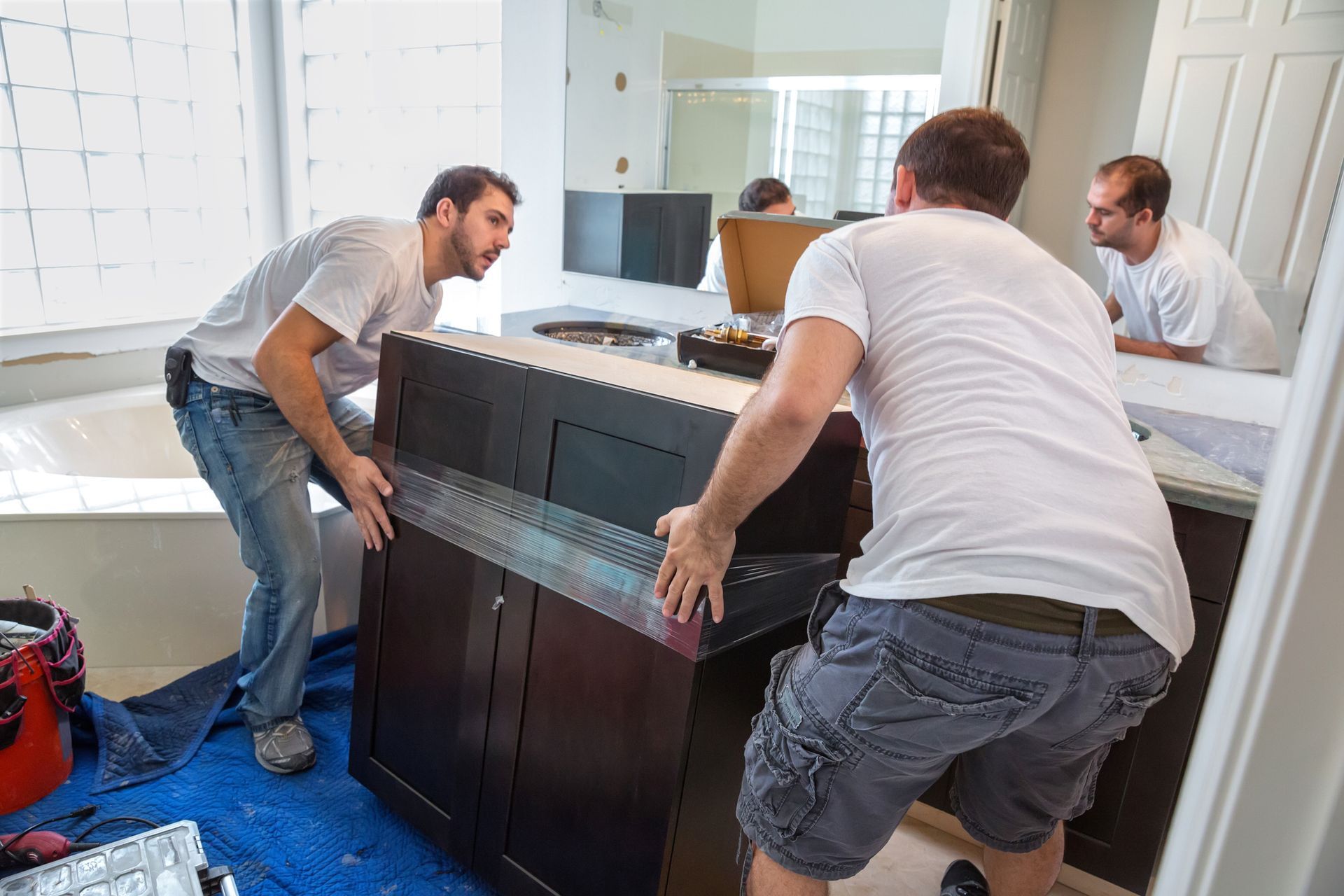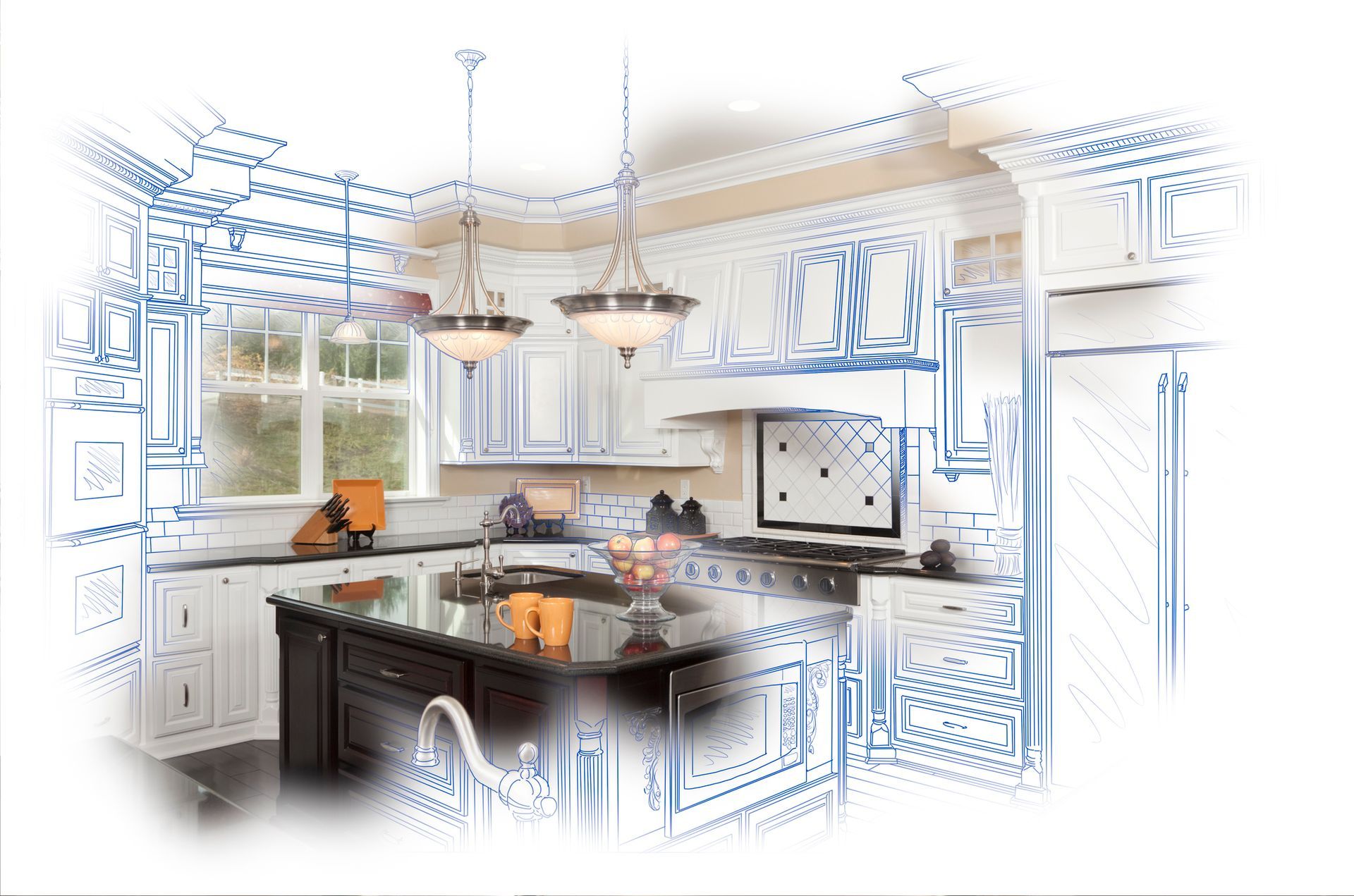7 Big Benefits of "Wet Area" Bathroom Remodeling
Not every bathroom update needs to be a full-scale renovation. For many Pittsburgh homeowners, the thought of tearing out fixtures, changing plumbing, and dealing with weeks of dust and downtime can be enough to delay much-needed improvements. But there's another option that offers targeted updates with less disruption: wet area bathroom remodeling.
Wet area remodeling focuses on the high-use zones of your bathroom, mainly the tub, shower, and surrounding walls, making it a practical choice for families, older adults, and anyone looking for a cleaner, faster remodeling experience. In recent years, wet area remodels have become increasingly popular in Pittsburgh homes thanks to their balance of function, style, and cost-efficiency.
What Is Wet Area Remodeling?
The "wet area" of a bathroom refers specifically to the sections that regularly come into contact with water. This includes the bathtub or shower and the adjacent wall space. Wet area remodeling is centered on updating or replacing these components without altering the rest of the bathroom layout. It's a focused renovation process that addresses the most used, and often most outdated, parts of the bathroom.
A typical wet area remodel might involve converting a bathtub to a walk-in shower, replacing stained or aging shower walls with new waterproof surrounds, or adding accessibility features for safer use. Materials vary based on personal preference and budget. Some homeowners choose seamless acrylic or composite surrounds for their moisture resistance and easy-to-clean properties. In contrast, others select custom tilework or upgraded fixtures to match their home's overall aesthetic. No matter the design, the goal is to improve functionality and appearance with a straightforward, lower-impact process.
1. A More Affordable Path to Bathroom Improvement
For homeowners who are trying to keep costs low, wet area remodeling offers a practical alternative to full-scale renovations. Concentrating efforts on the most functional part of the bathroom eliminates the need for structural changes, new flooring, or cabinetry updates, which are all components that often drive up remodeling costs.
This approach makes it more accessible to households working within a modest budget or those looking to make improvements without taking on extensive debt. It also appeals to homeowners preparing to sell, as it allows for visual and functional enhancements without over-capitalizing. Ultimately, wet area remodeling provides a way to make meaningful updates without committing to the expense of a complete bathroom overhaul.
2. Reduced Timelines and Less Interruption
A common barrier to home improvement is time. Many Pittsburgh homeowners, especially those with children or older adults in the home, can't afford to have their bathroom non-functioning for weeks on end. Wet area remodeling minimizes disruption by focusing on a specific zone, shortening the construction timeline.
Depending on scope and product availability, these projects can often be completed in a matter of days. The shorter duration not only reduces inconvenience but also minimizes exposure to noise, dust, and foot traffic throughout the home.
3. A Practical Choice for Safety and Accessibility
Safety in the bathroom is a concern for people of all ages, but it becomes essential for seniors and individuals with mobility challenges. Slippery surfaces, high tub thresholds, and cramped shower spaces can all pose risks. Wet area remodeling can introduce ADA bathroom upgrades thoughtfully and affordably.
For example, a traditional tub can be converted into a low-threshold shower with built-in seating and grab bars. Non-slip wall surrounds and handheld showerheads can be installed to promote ease of use. These upgrades improve comfort and security without requiring a complete bathroom redesign.
4. Updated Appearance with Simpler Upkeep
Older bathrooms typically show wear in the form of cracked tiles, stained grout, or surfaces that no longer feel clean, no matter how frequently they're scrubbed. Wet area remodeling allows homeowners to address these cosmetic and hygiene concerns directly. Upgrading the shower or tub area can instantly improve the bathroom's appearance and make cleaning more manageable.
Today's wall surrounds and enclosures are designed for easy maintenance. Materials like acrylic or solid surface panels have fewer seams and eliminate the need for scrubbing between grout lines. These systems are engineered to resist mold, mildew, and soap scum buildup, saving time and effort in daily cleaning.
5. An Efficient Way to Prepare for Home Resale
When it comes time to sell, buyers are likely to scrutinize kitchens and bathrooms more than any other areas of the home. A bathroom that appears outdated or in poor condition can negatively affect a home's appeal, while a refreshed wet area can leave a strong impression.
By focusing improvements on the tub or shower, homeowners can create a cleaner, more modern look without investing in a complete renovation. This approach is beneficial when time or budget constraints limit the scope of pre-sale improvements. Wet area updates can improve the visual appeal of listings, contribute to a faster sale, and help homeowners feel more confident during showings or open houses.
6. Designed to Fit Your Style and Needs
Though the scope of wet area remodeling is narrower than complete renovations, it still allows for plenty of personalization. Homeowners can choose from a variety of finishes, styles, colors, and configurations to match their design goals or existing décor. Whether you prefer a sleek, contemporary shower with matte black fixtures or a traditional style with warm tones and brushed nickel accents, there are options to suit every taste.
Storage solutions, like built-in shelving, can also be incorporated to make the space more functional. Additionally, fixtures can be selected to improve comfort and efficiency, including water-saving showerheads or ergonomic faucet handles. Obringer works closely with each client to ensure the result reflects their practical needs and visual preferences.
7. Handled by Trusted Local Professionals
Choosing the best bathroom remodeling company is important to ensure you get the results you want. Obringer's Painting and Remodeling brings local knowledge, experience, and personalized attention to every wet area project in the Pittsburgh region. Homeowners can expect clear communication, careful planning, and reliable service from a team that understands both the technical and emotional aspects of remodeling.
Rather than working with a distant chain or unfamiliar subcontractors, clients benefit from a direct relationship with a company that's committed to its community. Obringer's takes care of every detail from initial consultation and measurements to final installation and cleanup helping homeowners feel confident that the job is being handled with care and professionalism.
Why Work With Obringer's for Your Wet Area Remodel?
Obringer's has helped homeowners across the Pittsburgh area improve their bathrooms through focused, efficient, and well-crafted wet area remodels. Our team understands how to make smart, lasting upgrades that align with your goals, whether that's enhancing safety, updating your space, or preparing for resale.
We combine local experience with a practical approach, helping you select the right materials and configurations for your needs. Every project is built around clarity, quality, and service. When you work with us, you can expect a straightforward process that respects your time, budget, and home.
Ready to Plan Your Bathroom Update? Contact Us to Schedule Your Consultation!
If you're considering bathroom remodeling for your Pittsburgh home and are looking for a faster, more budget-friendly option, wet area remodeling might be the right fit. Obringer's Painting and Remodeling offers free consultations to discuss the possibilities and provide a clear plan tailored to your home.
Whether you're updating for comfort, safety, or market appeal, we're here to help you make an informed decision and deliver a result you'll appreciate every day.

Author: Derek Obringer
Owner & Founder of Obringer's Painting and Remodeling, Derek Obringer brings attention to detail, together with experience, and superior customer service into each and every home that his company does work.
Painting And Remodeling Blog
